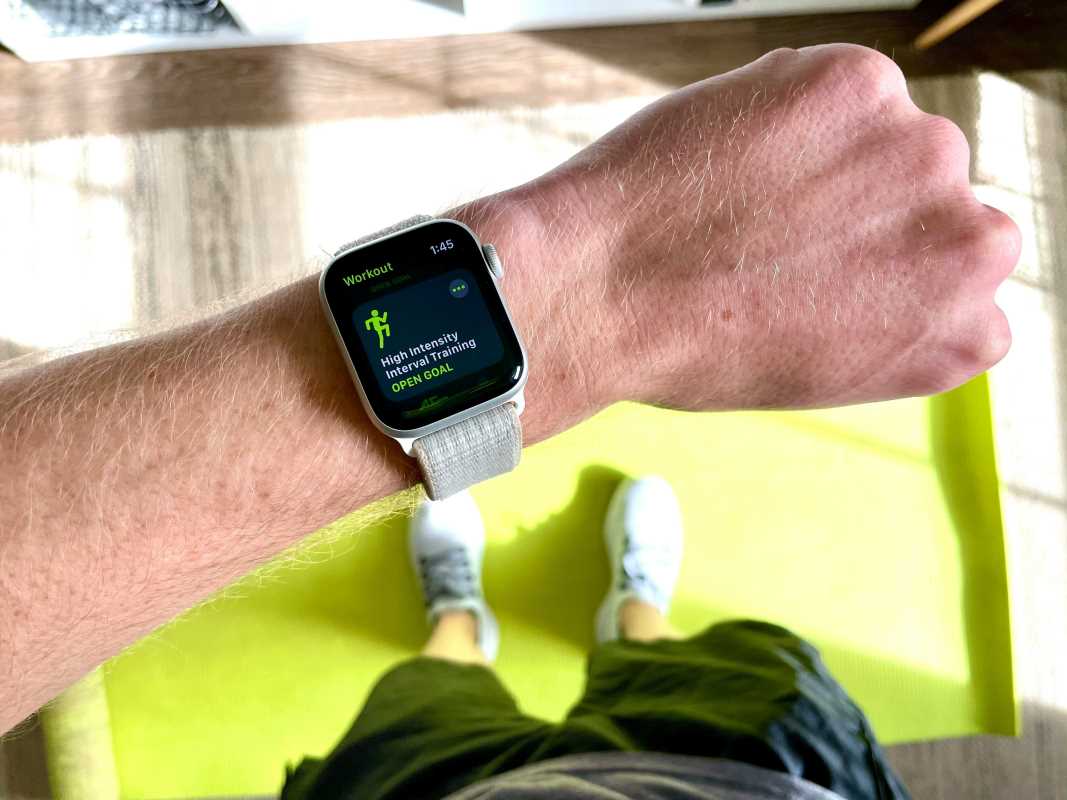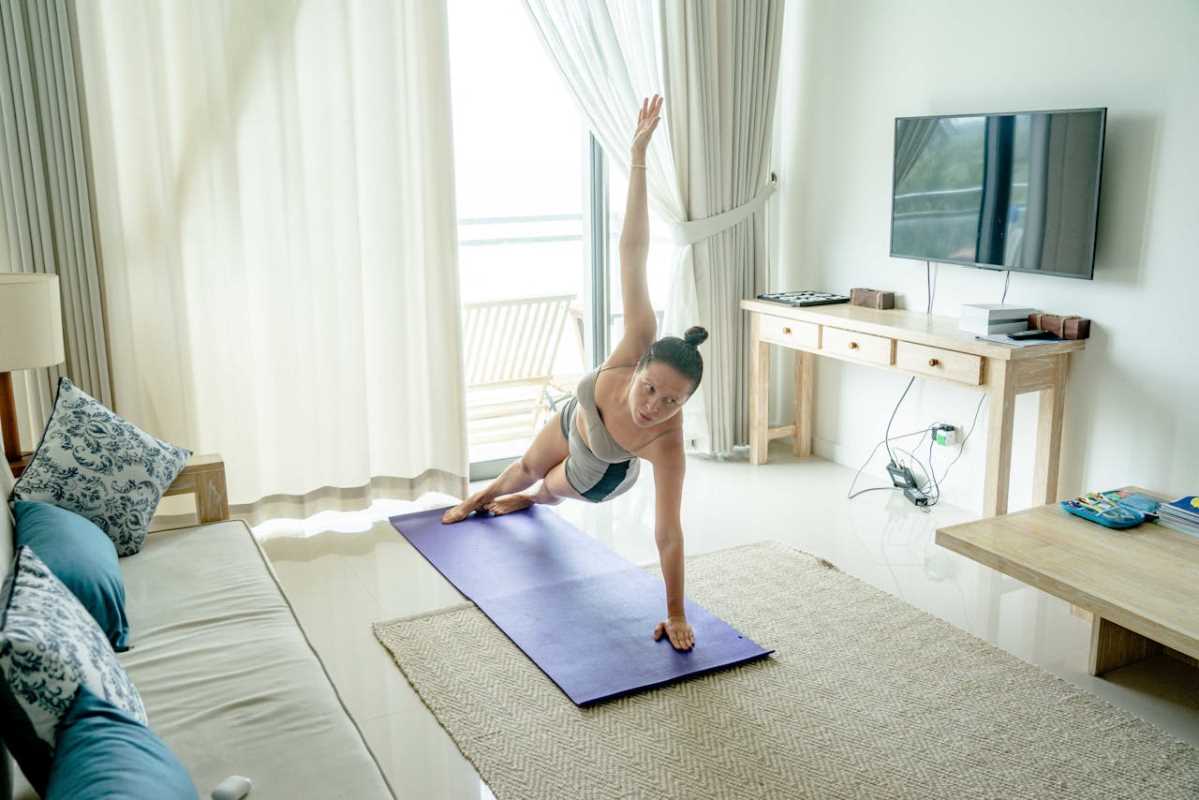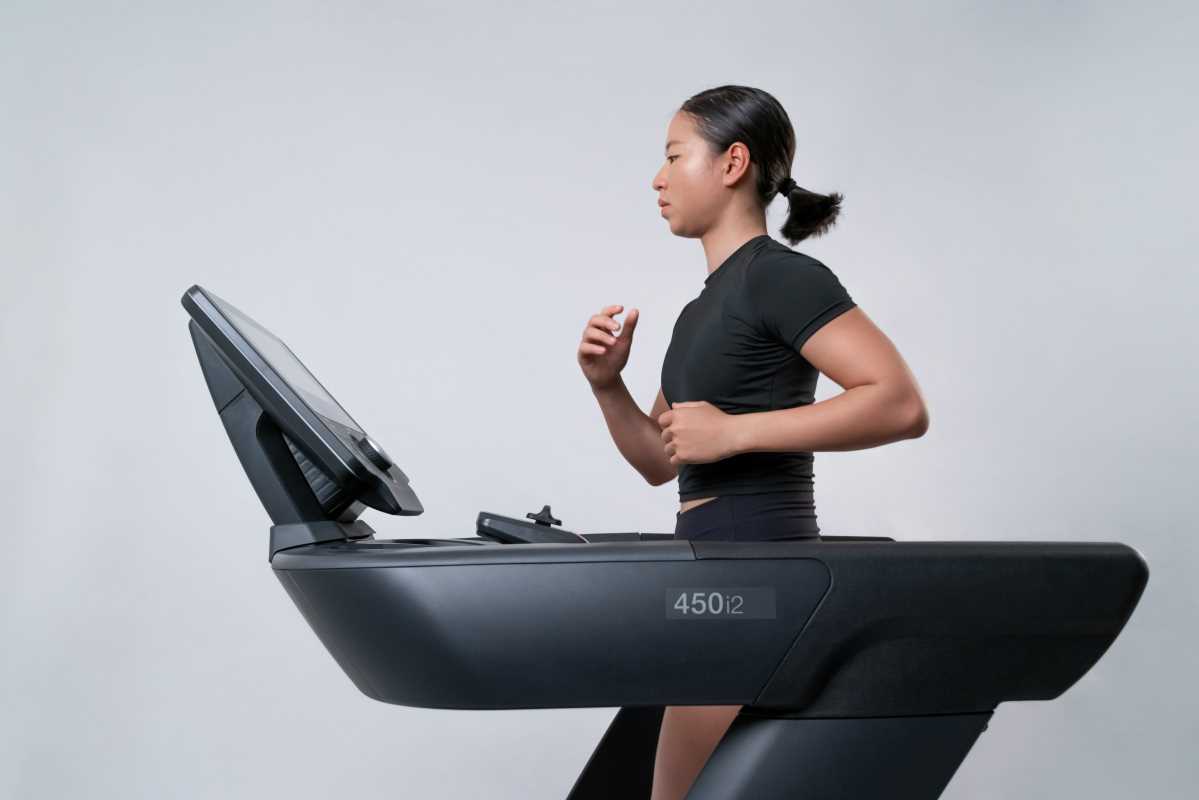Building strength at home becomes much more rewarding when you can see real progress after each workout. Using the latest tech gadgets, you track your repetitions, keep an eye on your form, and notice when your results start to level off. Devices such as smart weights and form-correcting sensors give you instant feedback, so you know exactly how your routine is working. This detailed information not only keeps you motivated, but also encourages you to challenge yourself safely. By following your journey with these tools, you gain a clearer picture of your improvements and enjoy each workout with greater confidence.
You don’t need a full gym to reach new personal records. Plenty of compact devices pair with your phone to deliver insights that once required a personal trainer. Let’s explore the gadgets that bring pro-level tracking right to your living room.
Top Wearable Trackers for Strength Workouts
Wearable trackers sit on your wrist, arm, or even your clothing, recording your every lift. They count reps, track range of motion, and log rest times so you can focus on perfect form instead of scribbling notes on a notepad.
Here are some standout devices:
- Apple Watch Series 9: Syncs with Strength Training Workout in Fitness+, automatically detects sets, and shows heart rate variability.
- Whoop 4.0: Provides recovery scores and strain metrics to help you adjust weight and volume for better gains.
- Form Smart Swim Goggles: Though built for swimmers, they track upper-body resistance bands workouts when worn on the forehead.
- JAXJOX KettlebellConnect: Automatically logs weight changes, reps, and rest intervals for kettlebell swings and squats.
- Vert Motion Sensor: Clips onto free weights or barbell sleeves to measure bar speed, power output, and consistency.
Smart Home Gym Equipment
High-tech gym machines bring digital guidance right to your dumbbells and benches. You can compare models by features like built-in screens, live coaching, and adjustable resistance.
- Tempo Studio 3D sensors correct your form in real time.
- On-screen coach adapts workouts as you progress.
- Weighted plates store compactly behind the screen.
- Tonal Digital weights up to 200 lbs with micro-adjustments.
- AI tracks movement speed and range for precise feedback.
- Library of guided strength programs to challenge all levels.
- NordicTrack Vault Height-adjustable mirror conceals 32 lb of dumbbells and bars.
- Live classes let you compete on leaderboards.
- Strength and cardio workouts combine in a single setup.
All these options integrate apps that keep a history of your workouts. You can track which exercises improved the most and identify weak spots in your routine.
Mobile Apps and Integrations
Several apps help you log weight, reps, and even body measurements. They sync with wearables and gym equipment, so you can see a unified progress dashboard.
Popular apps include:
- Strong: Customizable templates, drop-set timers, and graph views for lifts.
- Fitbod: AI builds workouts based on muscle recovery and equipment availability.
- MyFitnessPal: Tracks nutrition alongside strength metrics for balanced gains.
How to Sync Data Across Devices
Keeping your data in one place ensures you don’t lose track of any milestone. Most apps let you connect via Bluetooth or Wi-Fi. Begin by authorizing your tracker in the app’s settings, and grant permissions for health data.
Follow these simple steps:
- Open your fitness app and go to Settings > Devices.
- Tap “Add Device” and select your tracker or equipment brand.
- Allow access to motion, heart rate, and Bluetooth features.
- Sync after each workout to update your profile with fresh stats.
Once you attach all trackers, you can see trends like strength spikes after a deload week or plateaus that call for a change of program. This data-driven feedback makes your workouts more effective and engaging.
Tips for Monitoring Progress Consistently
Getting steady results in home workouts requires routines that fit your schedule and tools that hold you accountable. These tips help you turn data into gains:
- Record lifting sessions at the same time of day to compare performance under similar conditions.
- Set up weekly check-ins where you evaluate weight lifted, reps, and form improvements.
- Use wearable alerts to remind you when rest periods end so you keep intensity high.
- Change exercises every 4–6 weeks and note changes in power output or speed.
- Review monthly summaries in your app to find and address sticking points.
Making data review part of your cooldown routine keeps you honest about weak areas. You can adjust your plan as needed rather than guessing what worked last month.
Using these gadgets and habits transforms your living room into a personalized strength-training space. Clear measurements and guided feedback help you reach your goals with each repetition.
 (Image via
(Image via





